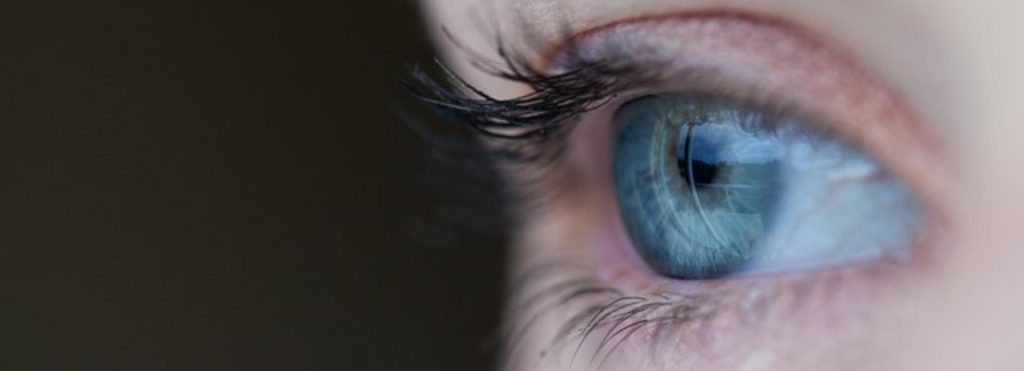Kedro for multimodal machine learning in healthcare
Healthcare data is heterogenous with several types of data like reports, tabular data, and images. Combining multiple modalities of data into a single model can be challenging due to several reasons. One challenge is that the diverse types of data may have different structures, formats, and scales which can make it difficult to integrate them into a single model. Additionally, some modalities of data may be missing or incomplete, which can make it difficult to train a model effectively. Another challenge is that different modalities of data may require different types of pre-processing and feature extraction techniques, which can further complicate the integration process. Furthermore, the lack of large-scale, annotated datasets that have multiple modalities of data can also be a challenge. Despite these challenges, advances in deep learning, multi-task learning and transfer learning are making it possible to develop models that can effectively combine multiple modalities of data and achieve reliable performance.

Kedro for multimodal machine learning
Kedro is an open-source Python framework that helps data scientists and engineers organize their code, increase productivity and collaboration, and make it easier to deploy their models to production. It is built on top of popular libraries such as Pandas, TensorFlow and PySpark, and follows best practices from software engineering, such as modularity and code reusability. Kedro supplies a standardized structure for organizing code, handling data and configuration, and running experiments. It also includes built-in support for version control, logging, and testing, making it easy to implement reproducible and maintainable pipelines. Additionally, Kedro allows to easily deploy the pipeline on cloud platforms like AWS, GCP or Azure. This makes it a powerful tool for creating robust and scalable data science and data engineering pipelines.
I have built a few kedro packages that can make multi-modal machine learning easy in healthcare. The packages supply prebuilt pipelines for preprocessing images, tabular and text data and build fusion models that can be trained on multi-modal data for easy deployment. The text preprocessing package currently supports BERT and CNN-text models. There is also a template that you can copy to build your own pipelines making use of the preprocessing pipelines that I have built. Any number and combination of data types are supported. Additionally, like any other kedro pipeline, these can be deployed on kubeflow and VertexAI. Do comment below if you find these tools useful in your research.
kedro-multimodal (this link opens in a new window) by dermatologist (this link opens in a new window)
Template for multi-modal machine learning in healthcare using Kedro. Combine reports, tabular data and image using various fusion methods.






